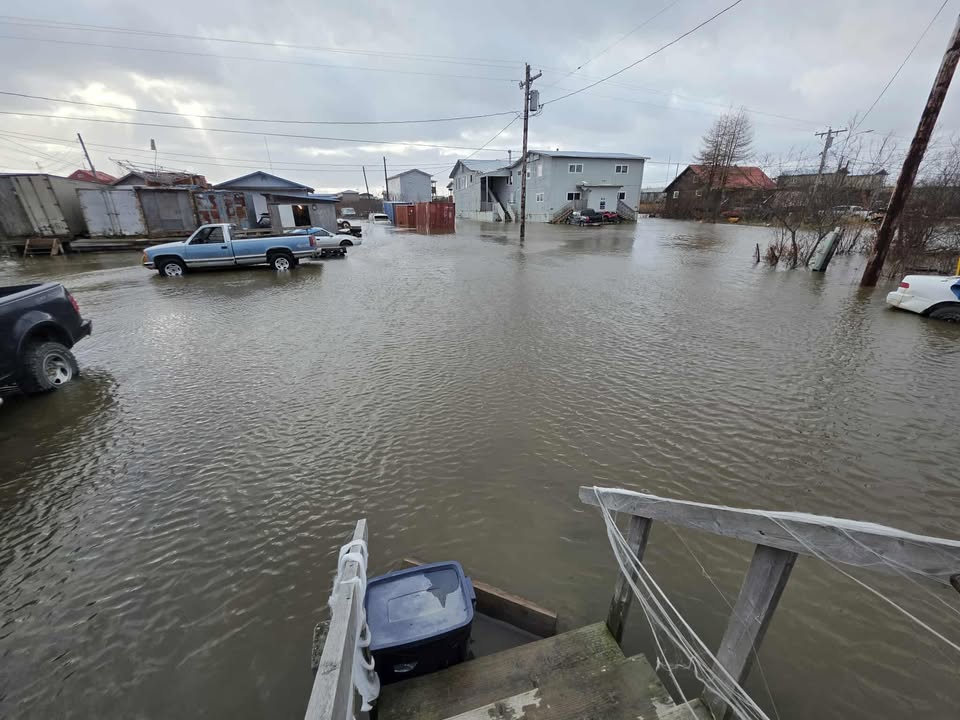Alaska is grappling with severe flooding as the remnants of Typhoon Halong sweep across the state, causing significant damage along coastal areas. Indigenous communities, including Kipnuk, are among the hardest hit, prompting mass evacuations.
Impact on Communities
The flooding has disrupted transportation and essential services in multiple regions, with some areas cut off due to high waters. Homes, roads, and infrastructure have sustained significant damage, leaving many residents displaced.
Government Response
Local authorities have mobilized emergency response teams to assist residents and assess damage. “Our priority is to ensure everyone’s safety and provide immediate relief to affected communities,” said an Alaska State Emergency official.
Relief operations are underway, with shelters opening to accommodate displaced residents. Authorities are coordinating with local organizations to deliver food, clean water, and medical assistance.
Weather Outlook and Safety Advice
Meteorologists warn that while the storm’s remnants are weakening, heavy rainfall and strong winds may persist over the next 24 to 48 hours. Residents are urged to:
- Avoid travel unless necessary
- Follow evacuation orders closely
- Stay alert for flash floods and potential landslides
- Monitor updates from The Weather Channel and local officials
Broader Implications
The flooding underscores the growing vulnerability of Alaska’s coastal and indigenous communities to extreme weather events, highlighting the need for continued preparedness and rapid emergency response systems.

